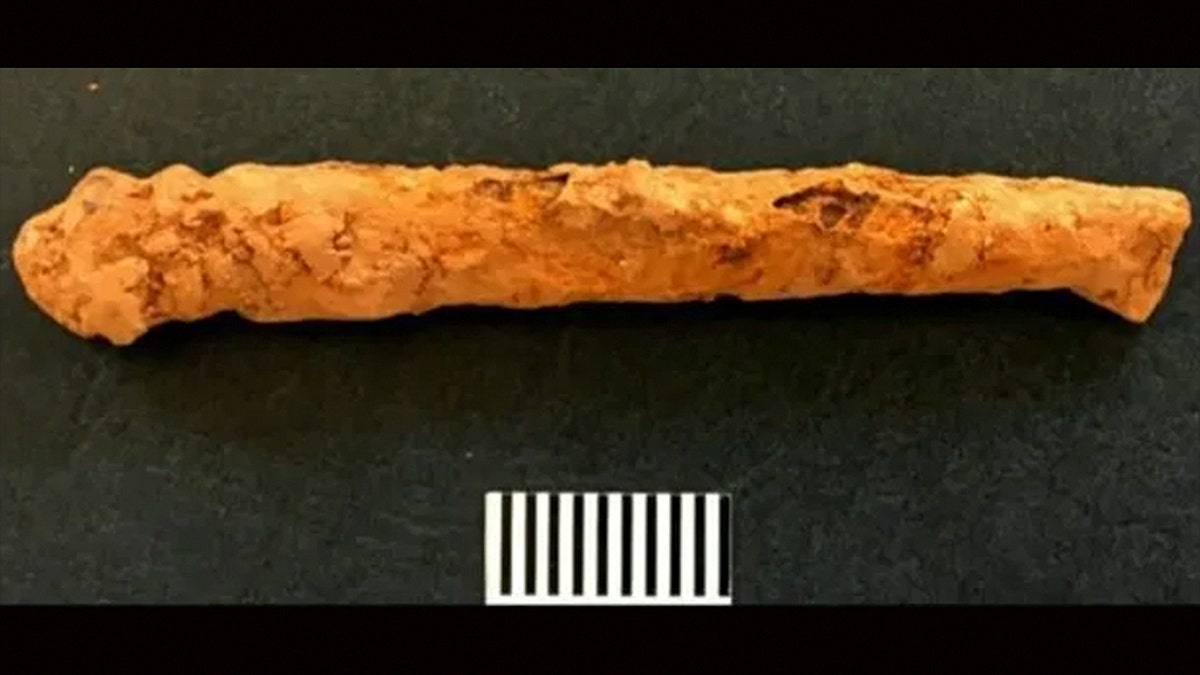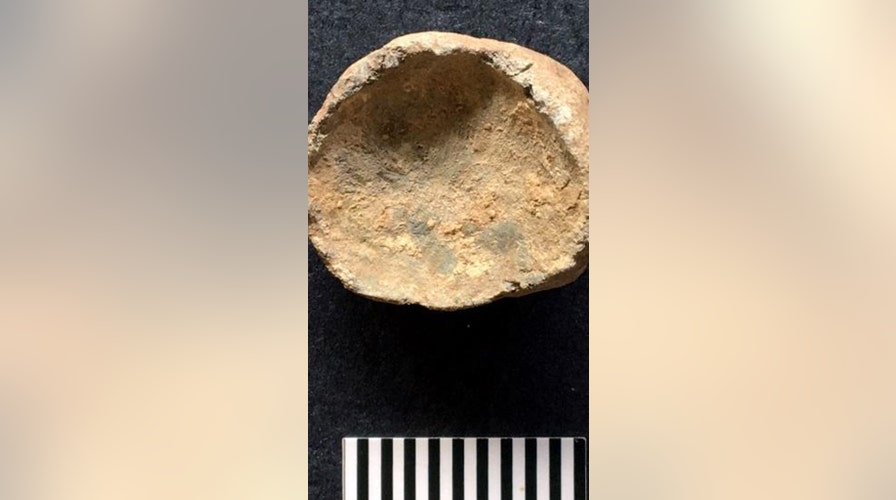Fox News Flash top headlines for September 4
Fox News Flash top headlines for September 4 are here. Check out what's clicking on Foxnews.com
Archaeologists have unearthed artifacts believed to be from the final battle of the English Civil War, including musket balls, horse harness fittings and sword hilts.
The objects were uncovered in Powick, Worcestershire, which was the setting for the bloody Battle of Worcester. Historians had known that Powick was the setting of the battle, but until now, no objects had been recovered.
“Finding these fascinating artifacts allows us to connect with a significant moment in Worcestershire’s history," Councillor Lucy Hodgson, Cabinet Member with Responsibility for Communities, said in a statement. "I am also delighted to see the great team work and co-operation between the construction teams and the archaeologists, who have seamlessly incorporated the dig into this large scheme of construction work. Preserving our history is vitally important to our county and this latest dig is a shining example of how archaeology can bring our past to life.”

(Credit: Worcestershire County Council)
METAL DETECTOR ENTHUSIAST UNCOVERS AMAZING TROVE OF COINS ON ANCIENT, BLOODY BATTLESITE
The archaeologists explored an area of land near Powick Church, part of a "huge infrastructure project being delivered by Worcestershire County Council." The church has shot damage on it, making archaeologists hopeful that artifacts might be discovered.
In total, 98 objects were found at the bottom of the river valley, including a powder container cap and a lead shot. The artifacts will be further analyzed, researchers said.
The discoveries have provided proof that the site of the battle was further south than experts had previously thought.
"It is fantastic to be able to finally locate and map physical remains of the battle and to relate this to the historical record," said Richard Bradley, the on-site lead archaeologist. "We are just outside the registered battlefield area but this is still a nationally significant site."
The BBC reports that coins from the 16th and 17 centuries were also recovered at the site, but none from the 1642-1651 time period.
MYSTERIOUS ONE-LEGGED SKELETON DISCOVERED IN RUSSIA MAY BE NAPOLEON'S FAVORITE GENERAL

(Credit: Worcestershire County Council)
“How exciting that 368 years after the Battle of Worcester these artifacts should be discovered," Richard Shaw, Chairman of the Battle of Worcester Society, added in the statement.
"We are sure that there was fighting at this location on 3rd September 1651. Parliamentary forces had crossed the river at Upton-upon-Severn and were driving the Royalists back towards Worcester," Shaw continued. "The discoveries really bring the events of that day to life.”
Nearly 4,000 soldiers were killed during the fight, which took place on September 3, 1651, as the Parliamentarian New Model Army defeated King Charles II's Royalists.

